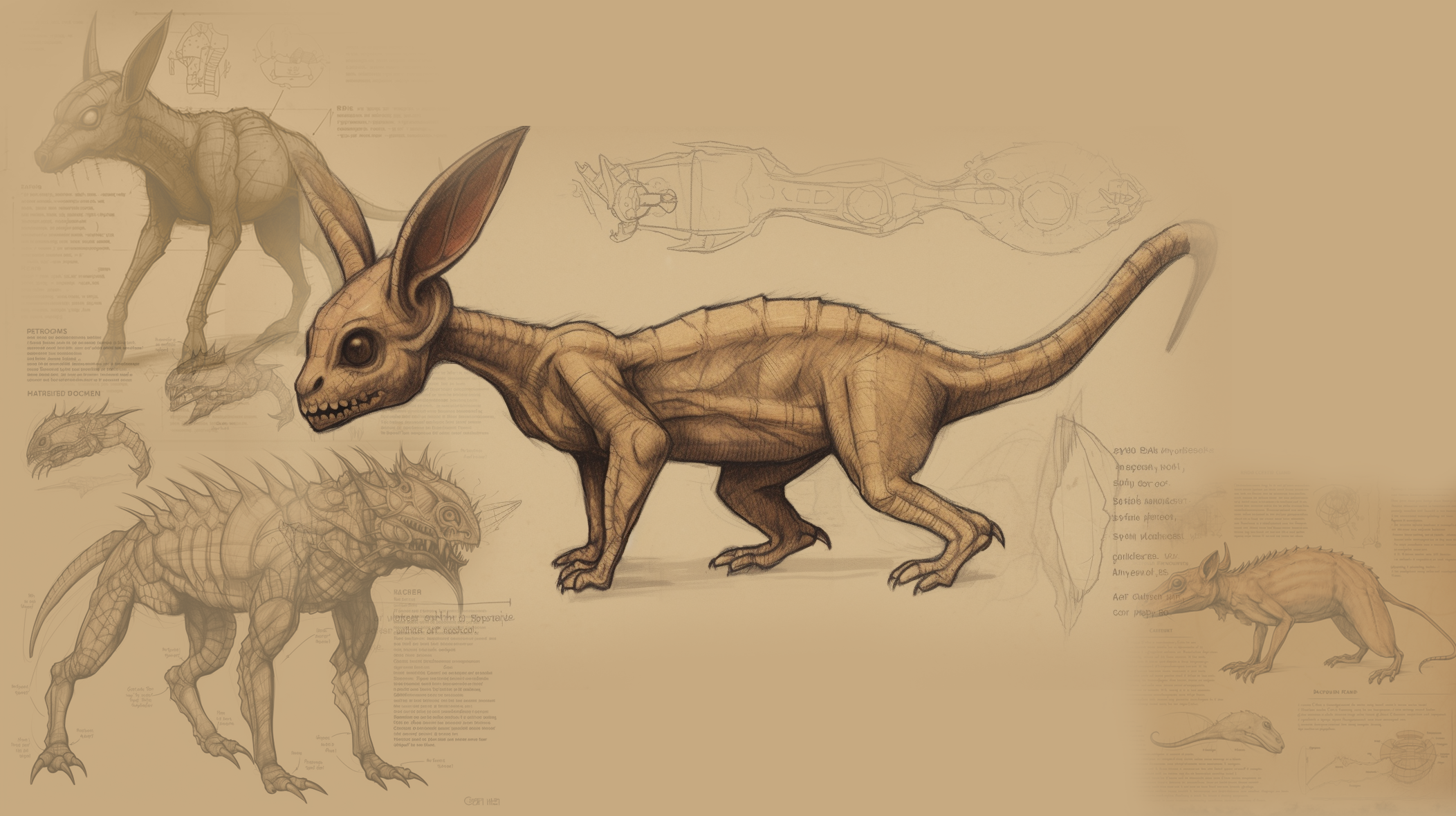In the annals of cryptozoology, few creatures have captured the imagination and instilled fear quite like the Chupacabra. First reported in Puerto Rico in the mid-1990s, the Chupacabra, which translates to “goat-sucker” in Spanish, has been linked to numerous reports of livestock mutilation and mysterious deaths, with sightings spanning across the Americas.
The legend of the Chupacabra began in 1995 when a Puerto Rican woman named Madelyne Tolentino reported encountering a strange, bipedal creature with large, almond-shaped eyes, sharp spines along its back, and a taste for the blood of farm animals. The creature was said to be responsible for the deaths of numerous livestock, which were found drained of blood and bearing puncture wounds on their necks.
As news of the Chupacabra spread, sightings began to pour in from across Puerto Rico and beyond, with similar reports emerging from Mexico, Central and South America, and even the southern United States. The creature was described as being roughly four to five feet tall, with a hunched posture, sharp claws, and a terrifying, reptilian appearance.
The Chupacabra has become a pop culture phenomenon, inspiring countless books, films, and television shows. Despite its notoriety, the scientific community remains skeptical of the creature’s existence, suggesting that the reported sightings and livestock mutilations may be the result of natural predators, such as coyotes or wild dogs, or even the work of human pranksters.
Some researchers have proposed that the Chupacabra is actually a misidentified or mutated version of a known animal, such as a canine or a mangy raccoon. In recent years, a number of alleged Chupacabra carcasses have been discovered, only to be revealed as the remains of dogs or coyotes suffering from severe cases of mange, a skin condition caused by mites that can result in hair loss and a scabby, reptilian-like appearance.
Others have suggested that the Chupacabra is a product of mass hysteria, fueled by widespread media coverage and the human tendency to search for patterns and connections in the face of the unknown. This theory posits that the Chupacabra is a modern-day myth, a manifestation of our primal fears and fascination with the supernatural.
Despite the skepticism of the scientific community and the lack of concrete evidence, the legend of the Chupacabra endures, a testament to the enduring power of folklore and the human imagination. Whether the creature is a bloodthirsty beast, a misunderstood mammal, or a figment of our collective psyche, the Chupacabra remains an enigmatic and captivating figure in the world of cryptozoology.
As the sun sets and the shadows lengthen, the Chupacabra continues to stalk the edges of our consciousness, a reminder that, in a world where science has illuminated so much, there remain dark corners and hidden mysteries that elude our understanding. And as long as the stories of the Chupacabra persist, the creature will continue to haunt our nightmares and fuel our fascination with the unknown.




